You don’t need to be the best, just consistent... and a little bit stubborn
10 Years, 10 Lessons (Year 0: Pre-2015)
✨ This post is part of a new series where I reflect on my ten-year journey as a professional illustrator. I’m deep diving each year, one hard-earned lesson at a time. So whether you're just starting out or feeling stuck on your own path, I hope this series helps you feel less alone in the messy hullabaloo of trying to figure it all out.
If you want the full story in video form, you can watch it here!
Lesson #1: You don’t need to be the best: just consistent (and a little bit stubborn)
Before we dive into the official start of my career, I want to share some backstory for context for how I ended up here. Because truthfully, none of this happened overnight. While some people might believe that you are born as an artist, I certainly didn’t come out of the womb as a wunderkind with perfect perspective and Davinky-esque flair.
I didn’t even know that art was a viable career path for someone like me. But what I did have, from the very beginning, was persistence. And a lot of delusion.
I moved around a lot growing up because of my dad’s job, first Saudi Arabia, then Dubai, and eventually Pakistan. I was a huge reader as a kid and always thought I’d grow up to be a writer or librarian. I wrote countless short stories and little plays on our family computer (remember computer rooms??!). And like most kids, I liked to draw, but I wasn’t that great at it, and never considered it as a career option.
In 9th grade I had a Journalism class and wrote various articles for the school paper, and was given the task of drawing the comics. I happened to go to a small school (fifty kids in my graduating class) where no one could draw and there wasn’t any support for the creative arts. And so… I became the “art kid” by default.
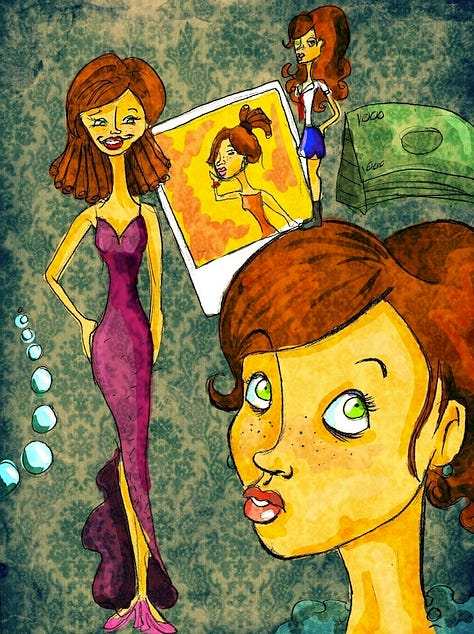
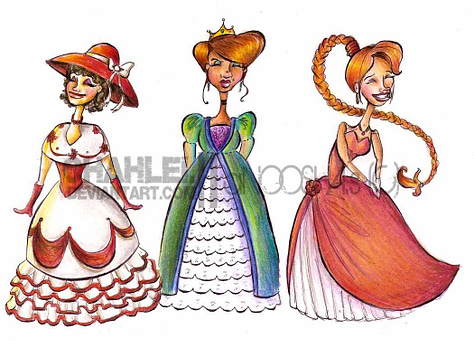
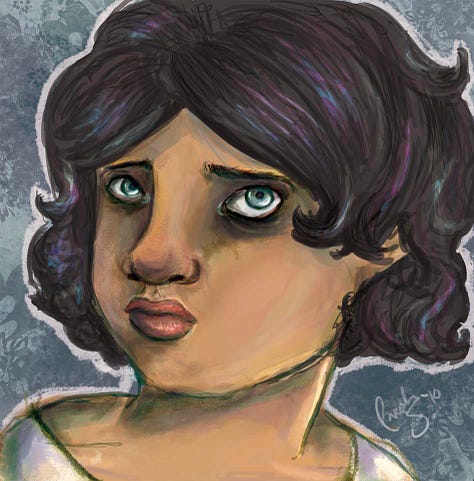
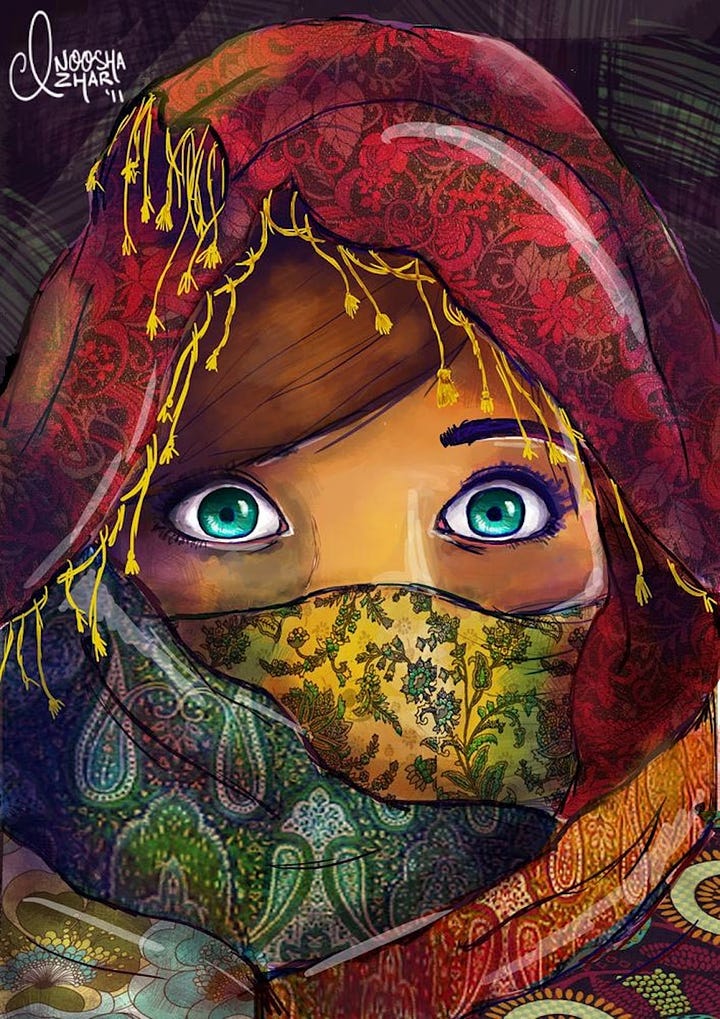

Being a big fish in a small pond gave me an inflated ego and the confidence to keep going. And even though my technical skills weren’t amazing, my love for drawing and admiration from my peers (“Wow, you could work at Disney!”) made me want to get better.
That drive really took shape the summer before 11th grade, when I attended a pre-college art program at the University of the Arts London.
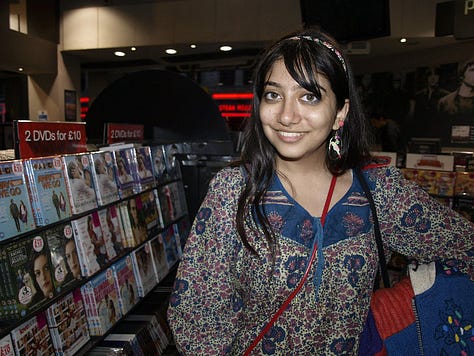
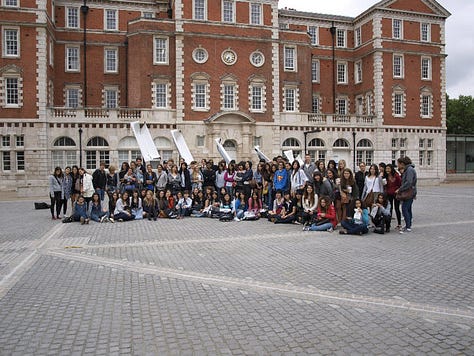
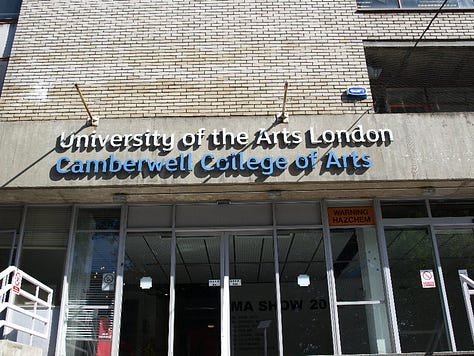
This was the first time I was surrounded by other artists, real artists, and I was completely inspired. This is where I learned what a concept artist was! What a portfolio is! For the first time, I saw what an art career could actually look like, because before that, I didn’t even know that was a real option. I was the first artist in my family, but in Pakistani and Muslim culture, the arts aren’t usually seen as a viable career path, they’re often considered a hobby at best. (Not real careers like the trifecta: doctor, lawyer, or engineer.)
I came back from that program absolutely sure of what I wanted: to work in animation and become a character designer. Unfortunately, my parents weren’t exactly on board. My parents were well-meaning and wanted me to be safe and stable because they only had mental images of the ‘starving artist’, so they encouraged more “practical” careers like business or journalism. I didn’t have their full support yet, and although that hurt at the time, I understand they were trying to protect me in their own way.
Still, I was stubborn, and I kept pushing.
As a compromise, I ended up at the American University of Sharjah to study visual communication. It was mostly focused on branding and logos… and I hated it. I lasted one semester before dropping out and moving back home to regroup. During that gap semester, I kept drawing and the desire to pursue art only got stronger.
At this point, my dad’s job took us to Switzerland. I found myself in a small, French-speaking town with two choices:
✸ A english-taught liberal arts college in Geneva where I could study something like journalism or international relations
✸ A tiny local art school in Lausanne called Ceruleum École d’Arts Visuels that offered an animation program… but was taught entirely in French. (I barely knew French).
Guess what I chose?

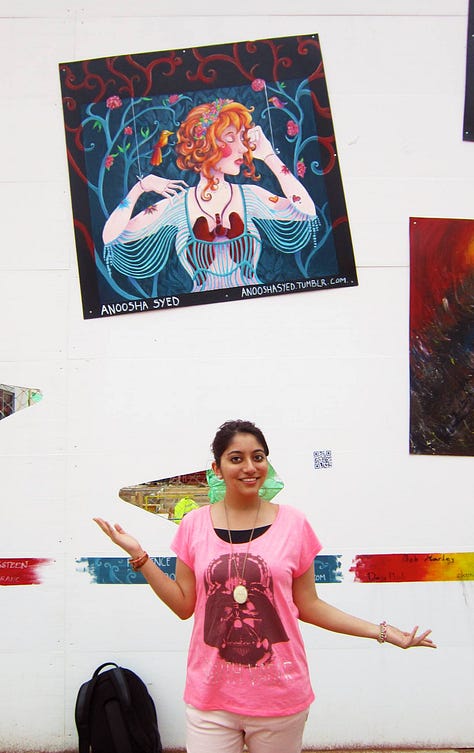
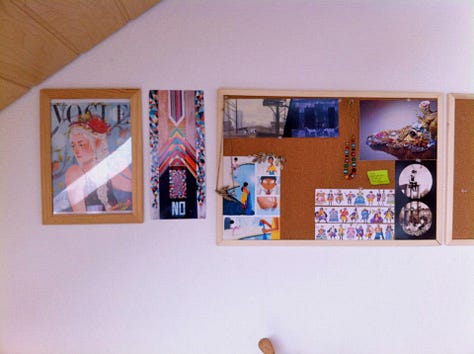
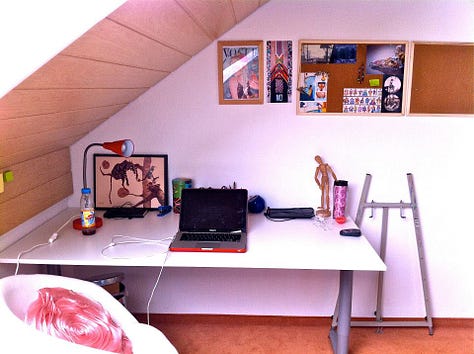

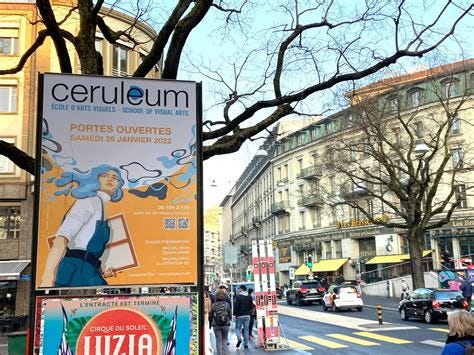
Even though my French was limited, I knew I couldn’t miss this chance. I applied, got in, and convinced my parents to let me go.
I originally wanted to study animation, but because my French wasn’t strong enough, I was placed in the illustration program. I told myself it would still help me build the skills I needed for visual development, and in some ways it did. But art school wasn’t easy, not just because of the language barrier, but because of the pressure I put on myself. For much of my early career, including school, I felt like I was in a race that I was already falling behind and needed to catch up.
My school was small, like, my graduating class was only ten people. We didn’t have the kinds of resources or industry connections that I saw my online friends had at places like CalArts or Sheridan. They were creating beautiful student films, learning from visiting professionals, doing internships at big studios, attending career fairs. Meanwhile, I was struggling to find a drawing tablet. In fact, I bought my very first one from the duty-free section at the Dubai airport because there wasn’t anywhere to get one in Pakistan.
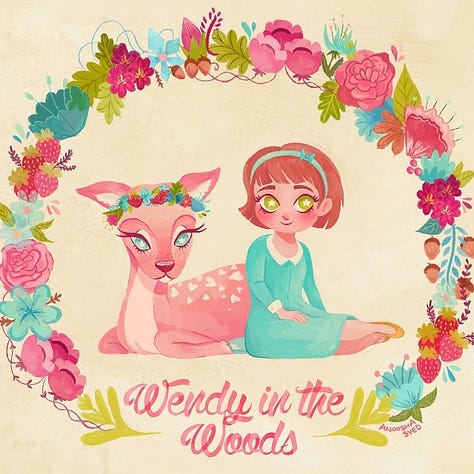
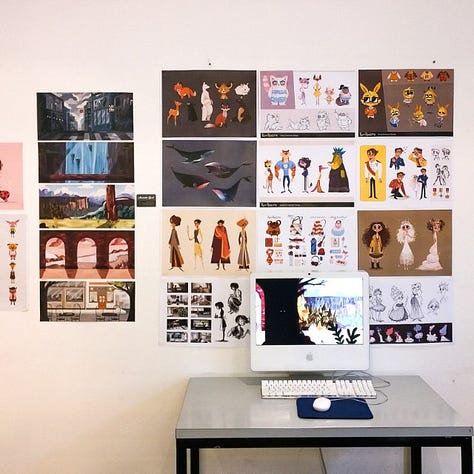
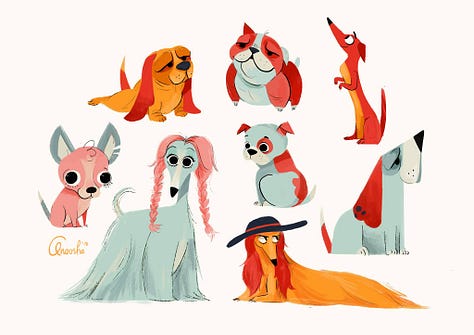
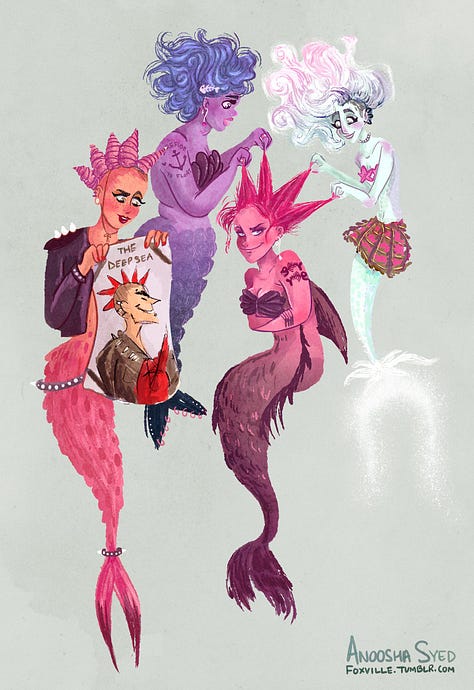

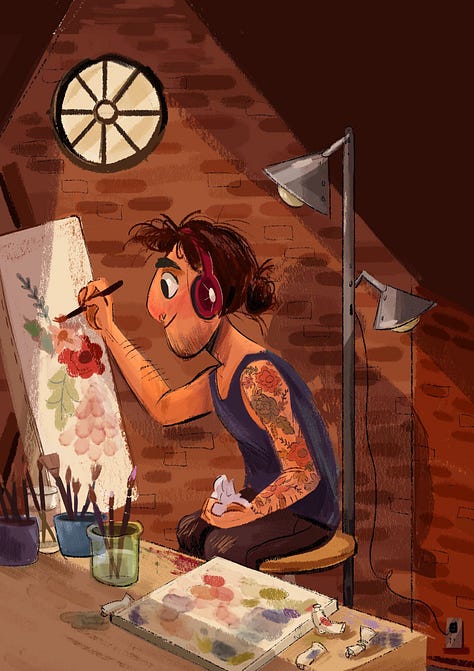
It always felt like I had to work ten times harder just to get on the same level as everyone else. So I poured myself into self-study. I had no social life. I spent every spare moment drawing, learning, and building a portfolio. I did online mentorships, watched tutorials, made up fake animated movies to design characters for, and shared my work everywhere, DeviantArt, Tumblr, Instagram; I was determined.
Not only that, but I was annoyingly extra. My classmates nicknamed me “the robot” because I was so fast and overly intense about school assignments. If we were told to design three characters, I’d do seven. If the assignment was to illustrate four children’s book spreads, I’d do the entire book. Every time I did a project, I tried to reinvent it into a portfolio piece I could use. I knew I was starting at a disadvantage, so I kept overcompensating.
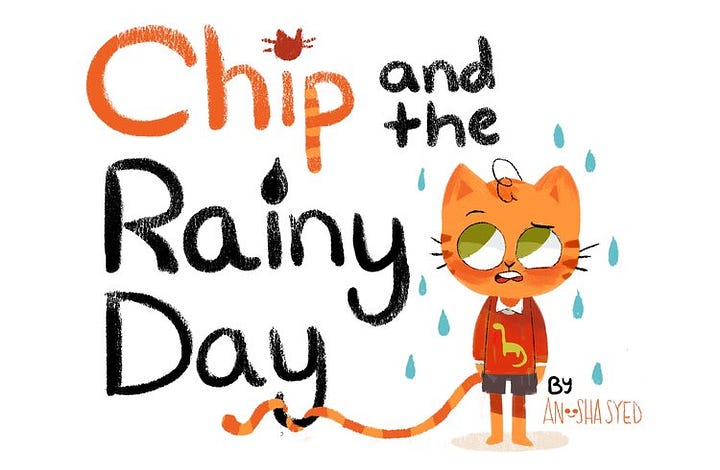


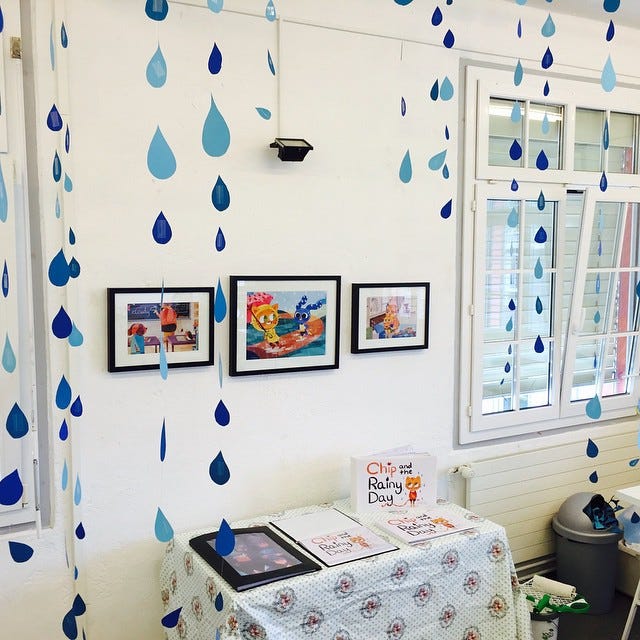
One of my biggest projects was my thesis, where I wrote and illustrated an entire picture book. It pushed me creatively, and the final result gave me a solid portfolio piece helped me land some of my first freelance gigs after graduation.

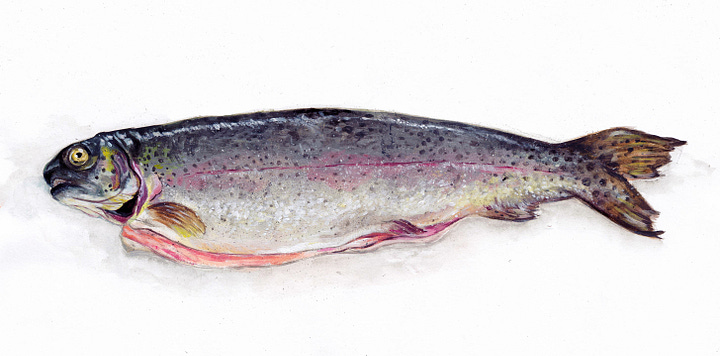
But I also made mistakes.
I was so laser-focused on working in animation and doing things my way that I didn’t allow myself to explore anything else. Ceruleum required us to work traditionally during the first year, and I hated it. I didn’t want to paint or draw with pencil, or sculpt or do any of the classes that I knew I was bad at; I wanted to be on Photoshop which was my strong suite. So the moment I was allowed to use digital again in my second year, I never looked back.
I was in my element once I got back into digital art, which meant I was making better art… but I was also in my comfort zone (in a bad way).
Looking back now, I really wish I had challenged myself more. Those foundations matter (even if they are boring) and I see now how that rigidity and single-mindedness would cause friction for me later on, especially when I found myself at a crossroads between animation and illustration later down the road.
Another challenge was the language barrier.
Ceruleum was entirely French-speaking. Some professors and peers spoke a bit of English, and some classmates would help translate, but it was hard, and incredibly lonely. I took private French lessons in my first year to keep up, but even then I felt a lot of anxiety at not being able to communicate and make close friendships. Thankfully, the program didn’t require a lot of essays or presentations, and for the most part, my art could speak for itself. I still remember dreading the one art history class where we had to do a full presentation in French. I was the last one to go, I was a nervous wreck, and I definitely bombed it… But at least I passed!
Again, this is all in hindsight, but there were things I loved about my school and I’m glad I went here. Our classes were small, which meant we got really close to our professors and classmates. The structure was intense and totally different from a typical university experience. Classes were 8am to 5pm every weekday, made up of two 4 hour classes a day and the same weekly schedule (no electives, just a fixed program) but it gave me discipline. And while some traditional art schools might have rigidity on the education and styles produced, there was so much creative freedom allowed at my school. Everyone in the illustration program had totally different goals. I focused on children’s books, while someone explored tattoo art, editorial work, or advertising… It gave us the room to explore without feeling boxed in.
So to sum up my pre-graduation years; I wasn’t the best or the most talented. I didn’t go to the fanciest school or grow up with a strong art foundation and support system. But I was consistent, and I didn’t give up. Even if it was a little delulu.
I know now that success in this field isn’t about being the most skilled. It’s about staying in the game long enough to grow. The art world is full of incredibly talented people who burn out, give up, or never put their work out there because they think it’s not good enough yet. But if you’re stubborn; even if you’re slow, even if you’re insecure, even if your path looks different, you have the potential to grow. And that growth matters way more than a perfect ‘start’ ever could.
If I could go back and tell that younger version of myself anything, it would be this:
You don’t need to be the best to make it!!! No one is born talented. You just have to show up. Again, and again, and again.
I hope you enjoyed this first intro post to this little series!
See you in the next post; where we’ll talk about what happened the year I graduated, moved continents, and officially entered the industry.
If you have any questions or topics you want me to cover, let me know below!


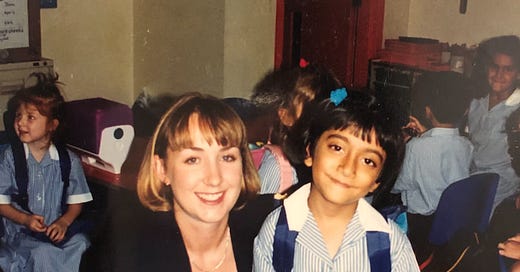






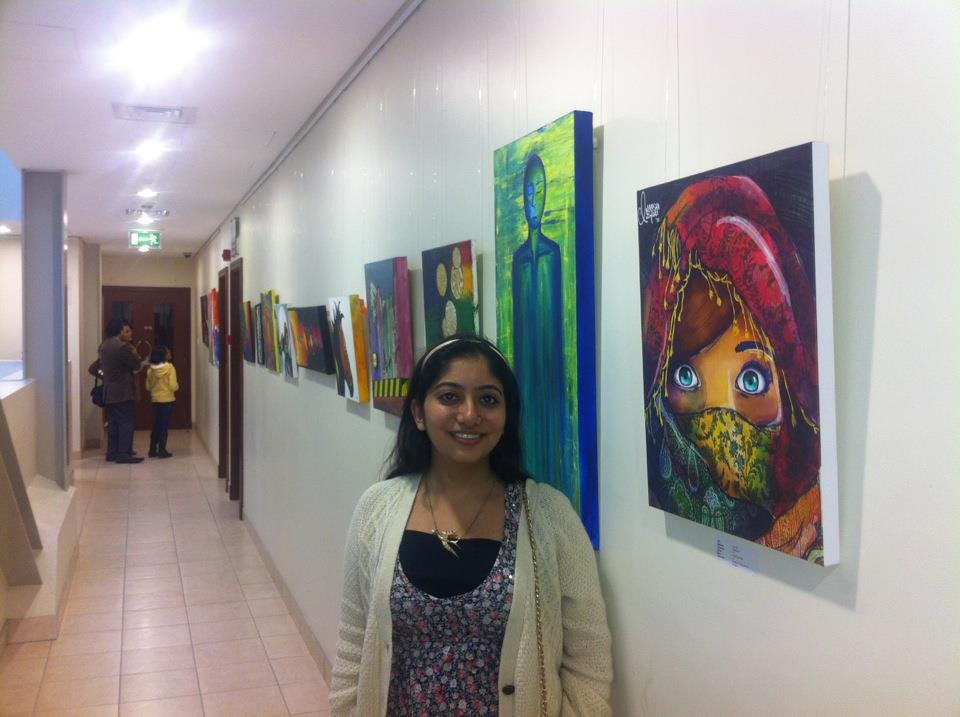

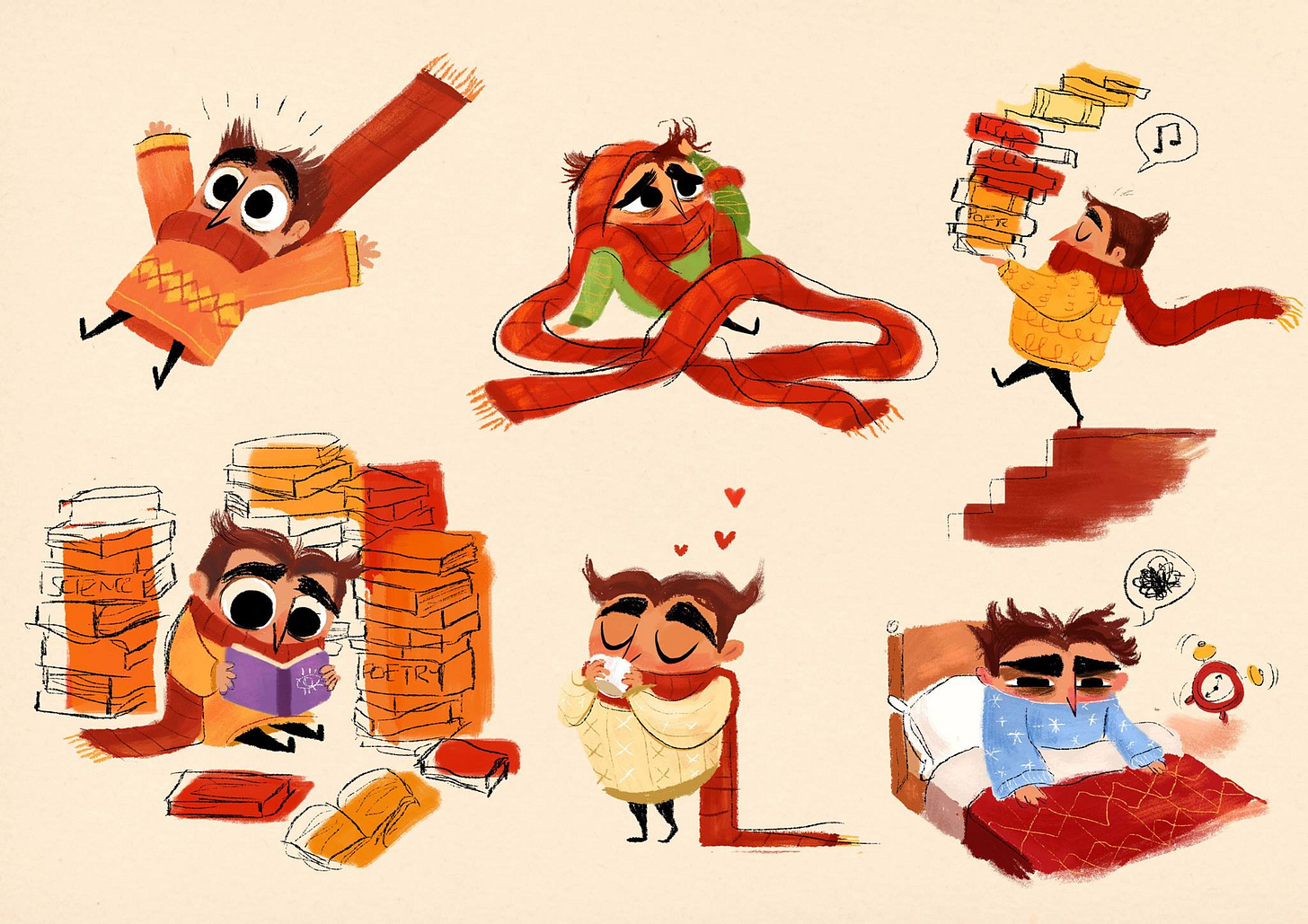
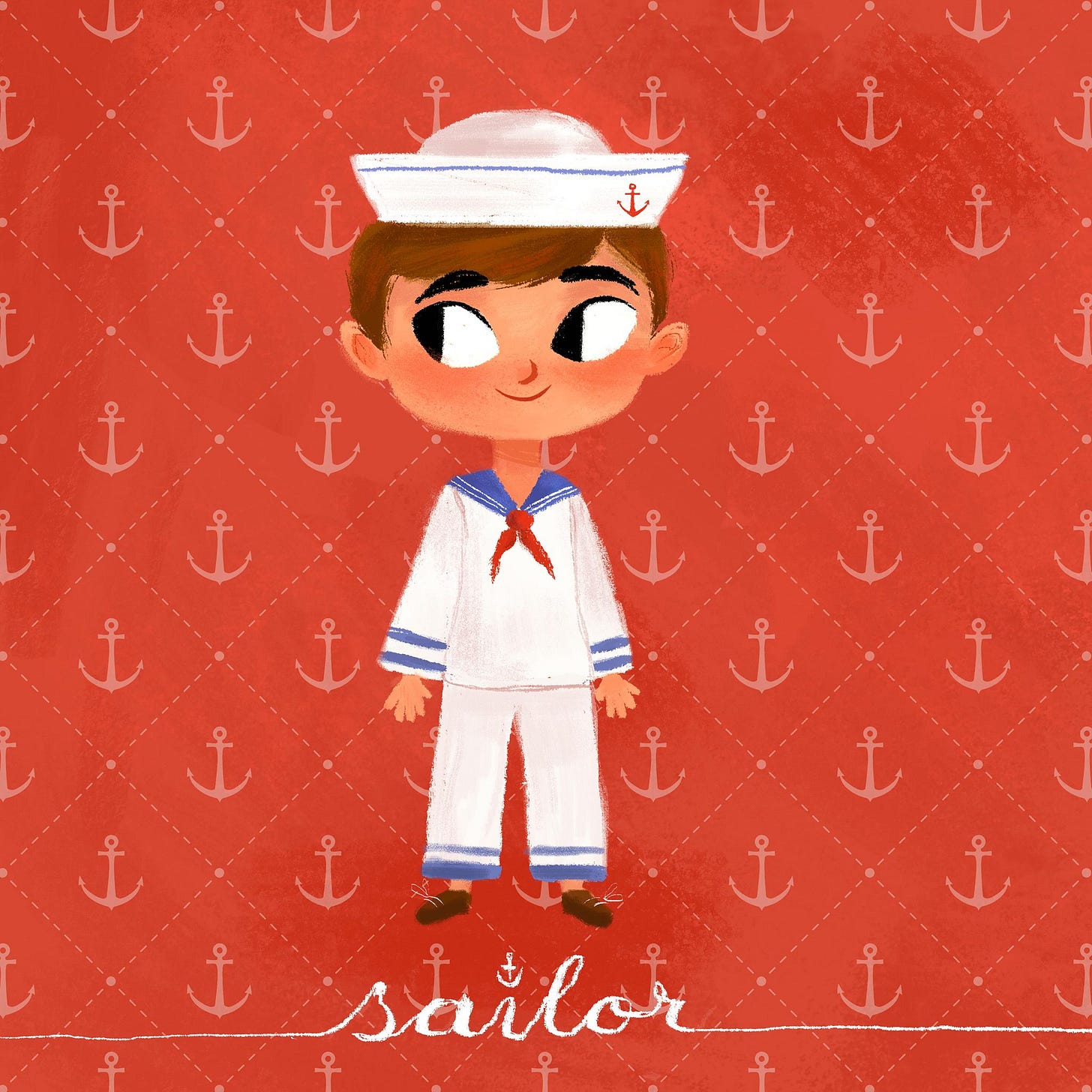

Thank you for sharing! I can often get caught up in the idea that things "aren't good enough" so I don't share. I really needed the reminder to share anyway!
So encouraging, as my perfectionism can make it hard to start and keep going. It sucks to be a beginner, but you’ve encouraged me to remember that I just have to do the work.